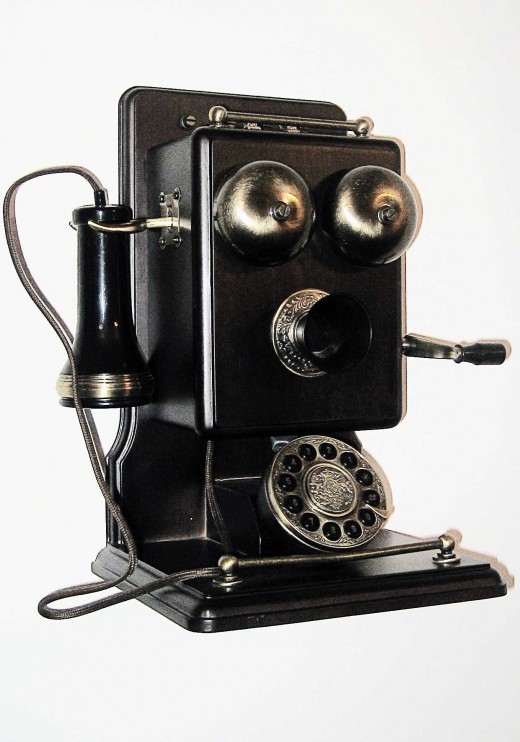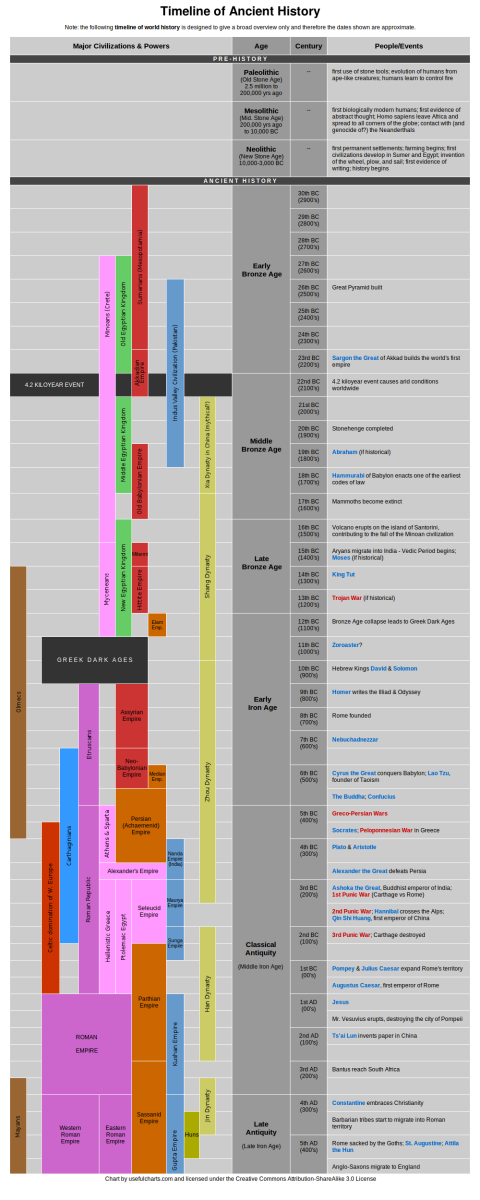When was the Telephone Invented?

The telephone, or the germ of the idea, goes back to the string telephone every child has played with, in which a tightly held string is stretched between two diaphragms. The scientist Robert Hooke in 1667 first demonstrated that the voice could be carried privily over considerable distances in this way.
However, it was Philip Reis of Friedrichsdorf who first showed that sounds could be transmitted and reproduced electrically. He was a musician, and his primitive apparatus of 1860 was thought of more as a means of transmitting violin music, though it seems clear from his notes that he realized it might apply equally to speech. Since his invention had no consequences in practice, there is nothing to detract from the primacy of the achievement of Alexander Graham Bell (1847—1922), who went to the New World as a young man and in 1876 demonstrated his telephonic instrument consisting of a diaphragm actuated by an electro-magnet. Bell spoke the first sentence to be clearly heard at the receiving end, 'Watson, come here. I want you,' to his assistant on March 10th of that year. By one of those curious coincidences which have marked other inventions, such as bakelite, Bell and another inventor, Elisha Gray, applied for telephone patents on the same day.
Bell's telephone used similar apparatus for transmission and reception, and it soon became evident that his transmitter was inefficient. In 1877 Edison patented a carbon transmitter with compressed lamp-black between small platinum discs. It was an improvement, but it was not nearly so effective as the carbon microphones developed- by Professor Hughes of London in 1878. It was in January of 1878 that the world's first completely fitted public telephone exchange was opened at New Haven, Connecticut, U.S.A. The first switchboards contained only fifty circuits, operated even in those days by women.
The automatic telephone also originated in the U.S.A. The first automatic exchange opened at La Porte, Indiana, in 1892, three years after A. B. Strowger had taken out his first patent. The story was that Strowger, an undertaker (or mortician) was infuriated by the delays on the female-operated switchboards of the time. He set to work to devise a mechanical alternative and hit upon the idea of step-by-step switching. This was not a very difficult proposition, since at the most there were perhaps one hundred telephones connected to the system in the small town of La Porte. The subscriber's circuit could easily be found by jerking a switch upwards for tens and round for units to the necessary degree. It was when thousands, or even tens of thousands of subscribers were connected to a system that really complex problems were encountered. The answer has been found in a system, still recognizable as Strowger's basic idea, in which a switch first searches for free apparatus when the receiver is lifted. As dialling progresses a number of electric pulses are put into the system. The first two or three sets of pulses are fed into a master switch or 'Director' which translates them into a switching operation selecting the right exchange. At the required exchange the subsequent series of pulses actuate two further switches which go up for thousands and round for hundreds, and up for tens and round for units. If it is free, the one possible outlet after all this searching is the subscriber's number required, and the bell rings. Other switches record the numbers and value of completed calls.
One of the difficulties of telephoning over great distances in the early days was that of amplifying the speech currents when they became too feeble to actuate the receiver intelligibly. This was overcome with the development of the thermionic valve amplifier between 1913 and 1919. Up until then it was not possible to receive distant calls as clearly as local calls.
This content is accurate and true to the best of the author’s knowledge and is not meant to substitute for formal and individualized advice from a qualified professional.





